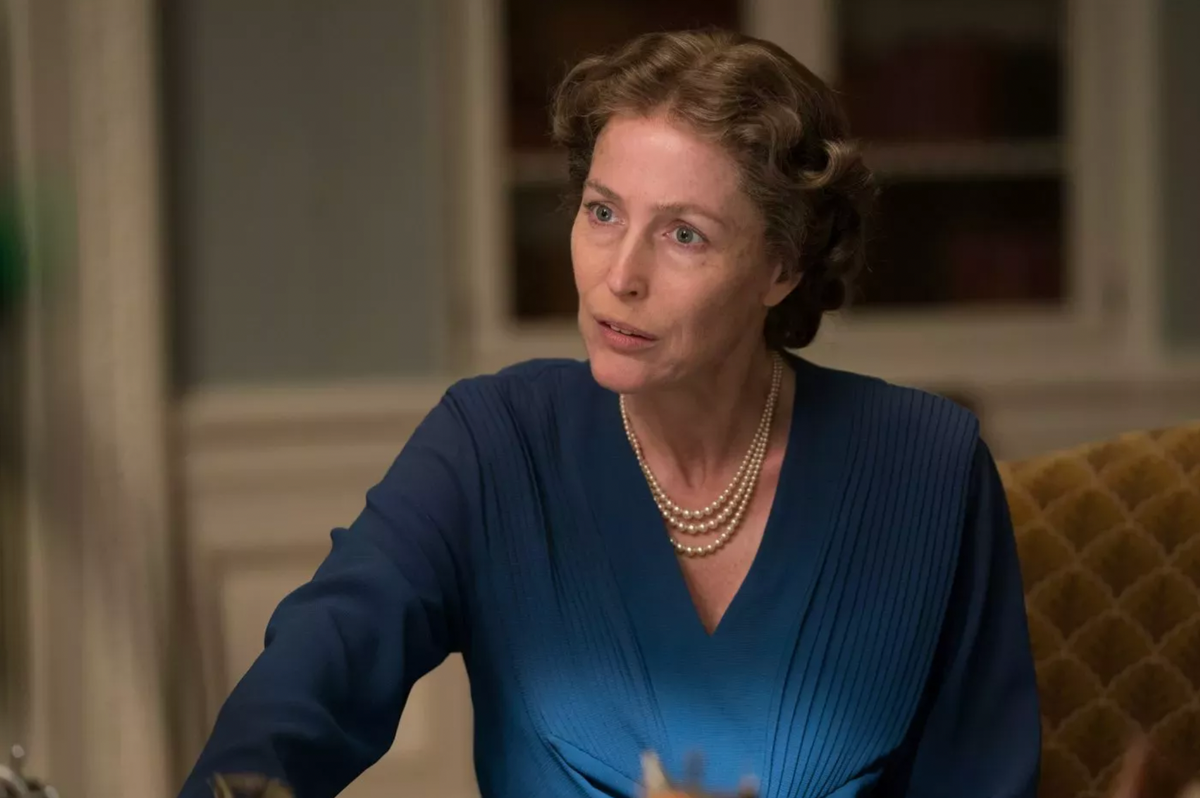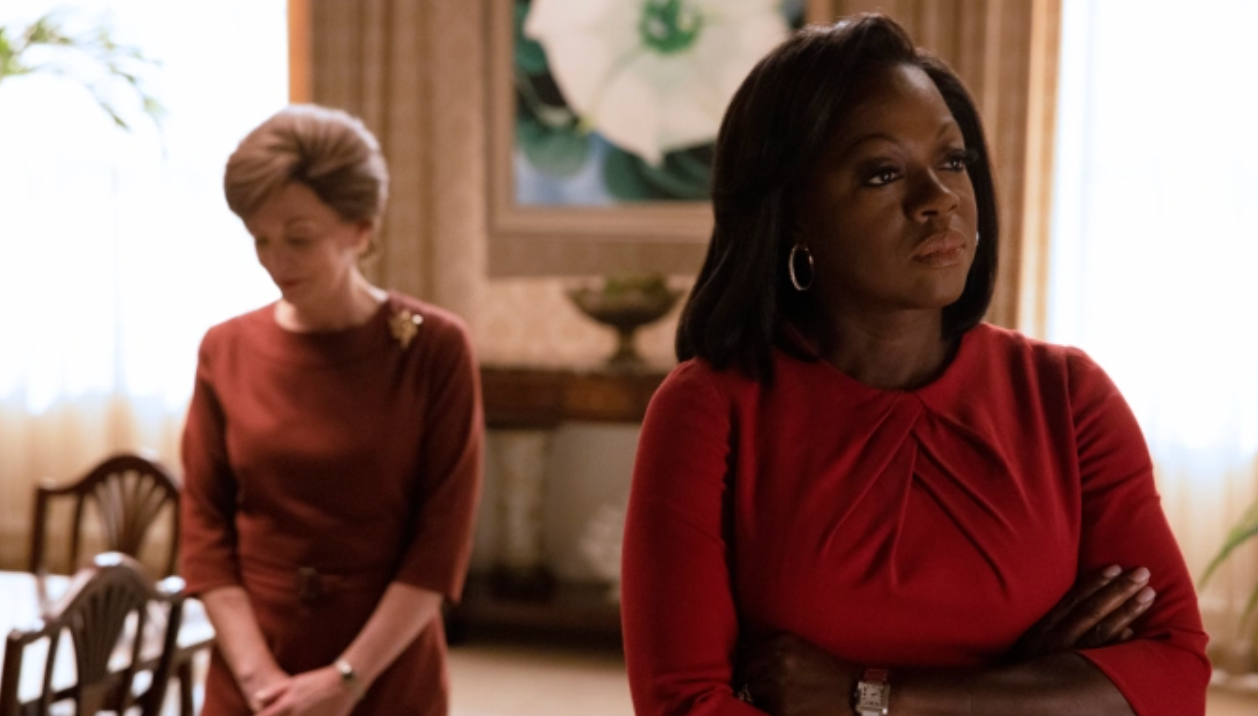
The first lady of the US is a high-profile title, but it’s not a political one. There are no duties assigned to the post, which typically changes size to fit the ambitions of the woman who holds it. If the extremely dry new Paramount+ drama The First Lady illuminates anything, it’s how universally difficult it is for first ladies to navigate the role’s plasticity. Current Flotus Dr Jill Biden – who teaches community college – is the first presidential spouse to hold a job outside the White House, while Michelle Obama famously championed a campaign for ending childhood obesity, whereas her successor Melania Trump kept more private.
In The First Lady, this malleability works against our trio of leads more often than it works for them. Across 10 episodes from writer Aaron Cooley, stories of three first ladies are interwoven: Eleanor Roosevelt, whose husband took office in 1933; Betty Ford, whose unelected husband assumed the presidency after Richard Nixon’s ignominious resignation in 1974; and Michelle Obama, who became America’s first Black first lady in 2009.
The show celebrates these women, but it’s not strictly about them, a distinction made clear by the starting points Cooley selects. We’re introduced to Eleanor, played by Gillian Anderson through conspicuously false teeth, in 1921, as her husband FDR contracts polio, the illness that eventually confines the aspiring politician to a wheelchair. Eleanor is forced to become his adviser and his champion.
We meet Betty – a magnetic, drawling Michelle Pfeiffer – in 1973, on the day Congressman Gerald Ford is asked to step in as Nixon’s vice president, dashing Betty’s dreams of moving to Palm Springs. And the story of Michelle, played by Viola Davis, picks up just as Barack’s secret service detail expands to cover his home and family during his presidential campaign in 2007. In this show, the stories of these women begin at the moment their husbands’ careers overwhelm the hopes they had for themselves.
This isn’t a knock on the programme’s progressive ambitions in recentring the women on the margins of history – it even manages to give Betty, the homemaker wife of one-term Republican president Ford, a feminist sheen. But Betty, Eleanor, and Michelle are never afforded the agency typically reserved for main characters. The shapes of their lives, however happy and accomplished, are always constrained by their partners. In difficult moments, they choose familial duty – an honourable decision that almost always looks like inaction when rendered for TV.

But the structural issues don’t end there. The plaiting of the three narratives occurs almost arbitrarily, with the stories converging only in the broadest strokes, like the responsibility of all three first ladies to decorate the East Wing. Sometimes, they’re linked by coincidences that verge on the silly. Betty, who at 90 is too infirm to attend Obama’s inauguration, sends Michelle a note that fortuitously arrives just as her husband’s “pitbull” advisor Rahm Emmanuel is trying to curtail Michelle’s White House involvement. “The job will find you,” Betty writes. In a later episode, Michelle advocates for gay marriage as Eleanor shows her lover, journalist Lorena Hickok (Lily Rabe), the secret passageway to her bedroom.
Ultimately, the Obama storyline is the toughest to give yourself over to. OT Fagbenle (The Handmaid’s Tale) as Barack and Davis as Michelle deliver studied if exaggerated impersonations. At times, I felt like I was watching a Saturday Night Live skit. The Roosevelts, on the other extreme, feel ripped from a plodding historical drama.
I’d rather have watched a series entirely about Betty Ford, who exists in a historical sweet spot neither too recent in actual memory nor too many times captured on screen. Of the three first ladies, Pfeiffer’s Betty is the most relatable, stumbling over her words and struggling with indecision. Those may not be qualities America wants in a presidential spouse, but here they feel like the difference between humanising a first lady and simply mythologising the sense of duty and decorum it takes to be one.







